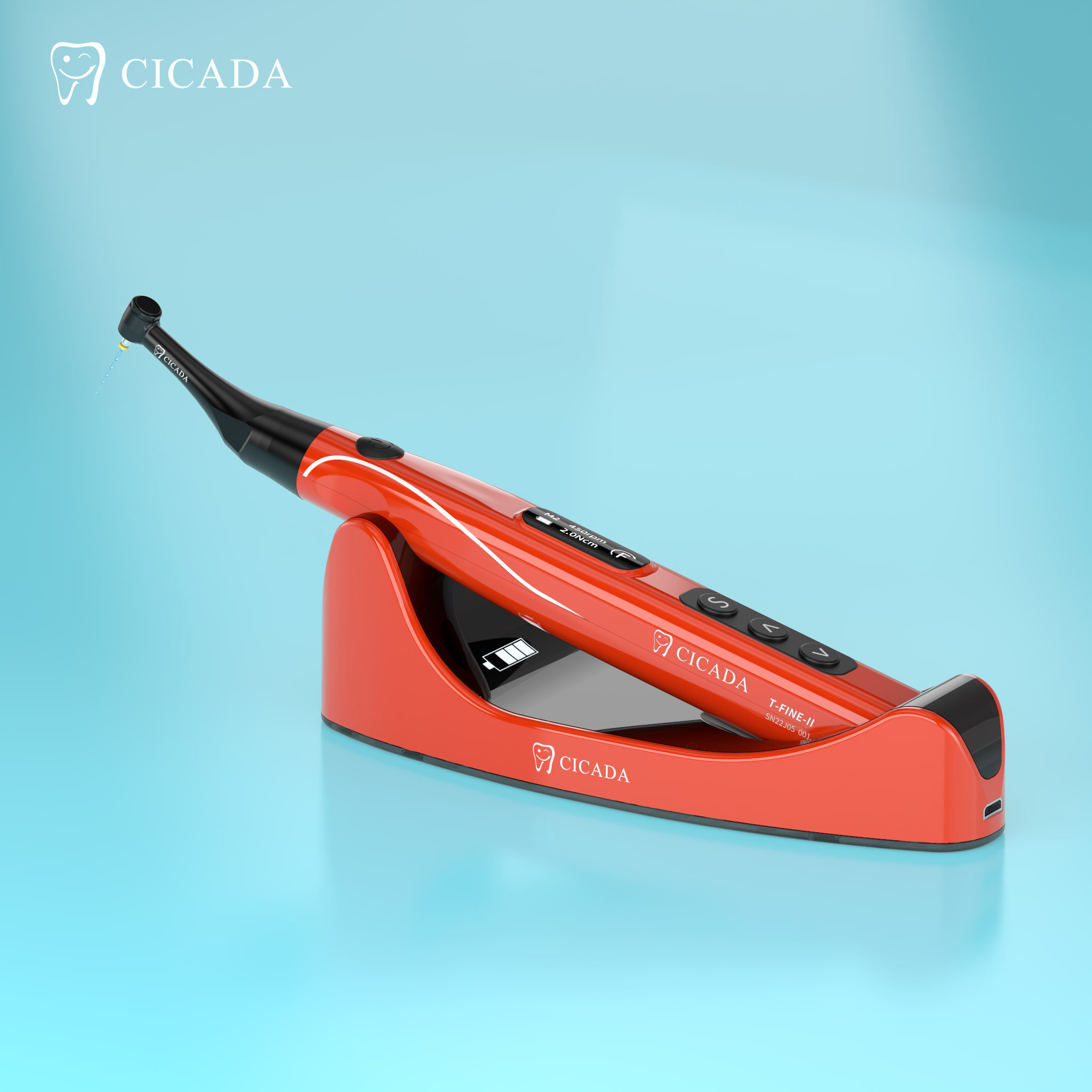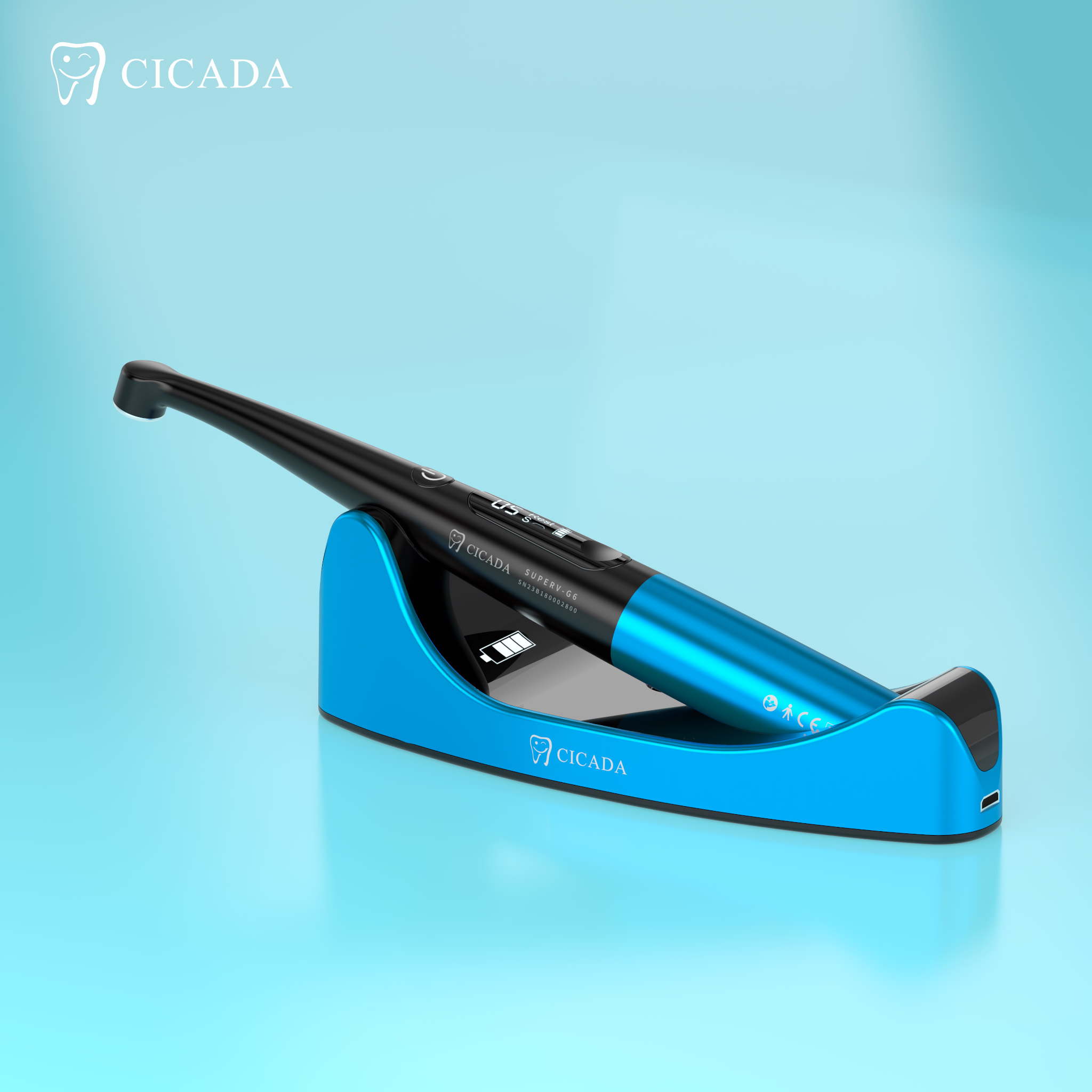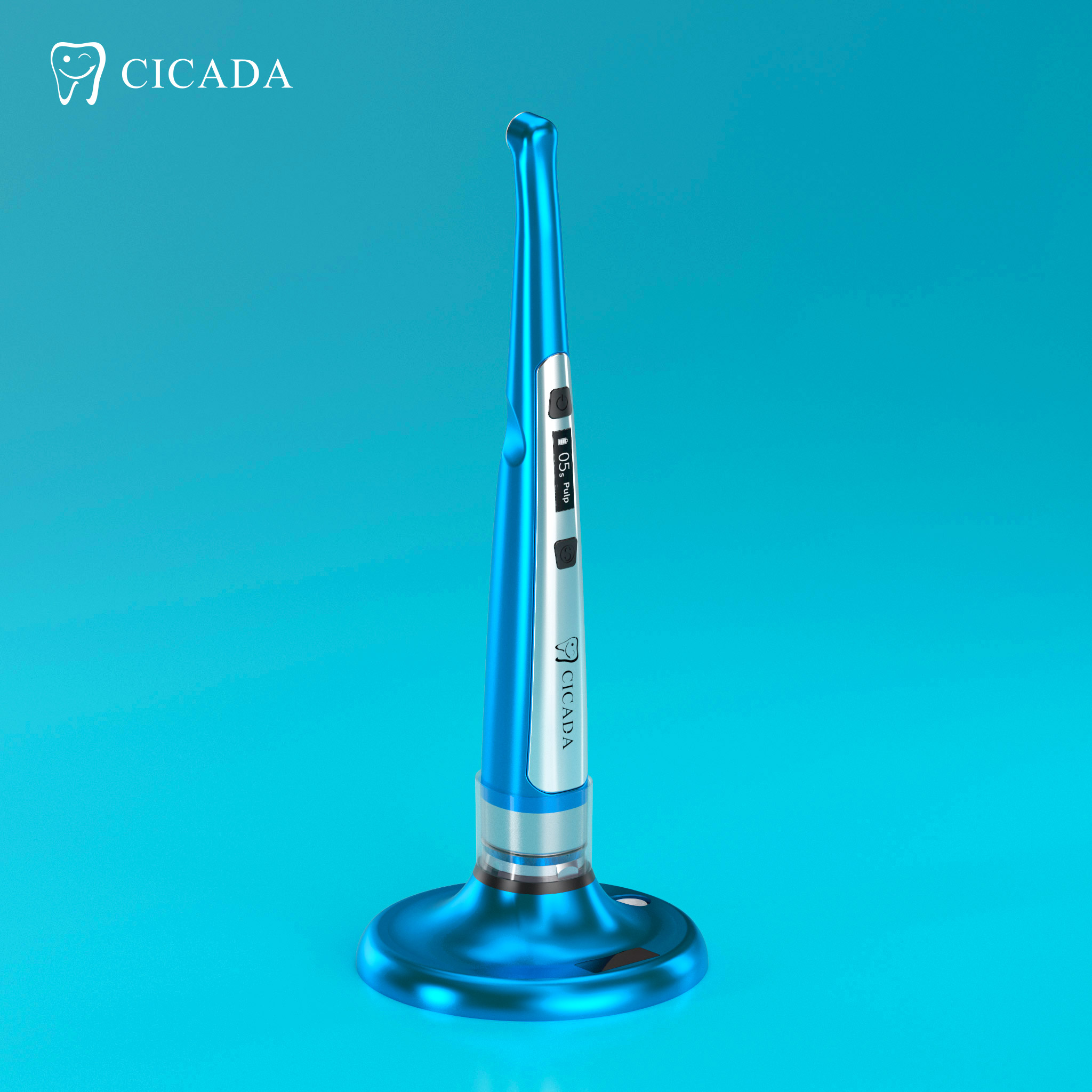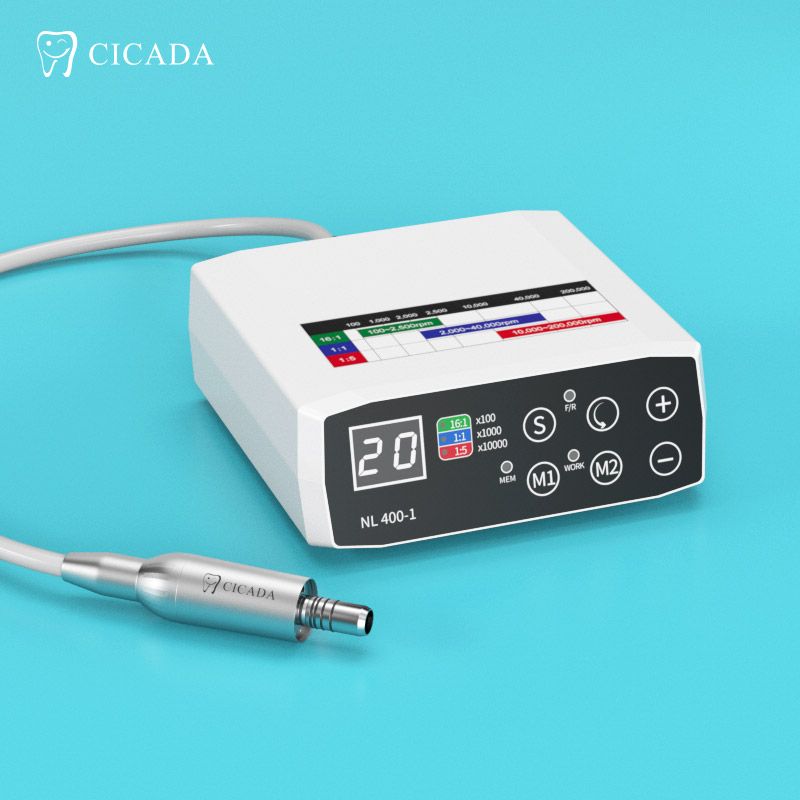In modern dentistry, precision, speed, and efficiency are paramount. Whether performing restorative procedures, crown preparations, or other intricate tasks, a dentist's choice of equipment significantly impacts treatment quality and patient comfort. The dental high-speed handpiece is among the most critical tools in any dental practice—an instrument engineered for exceptional cutting power, precision, and ergonomic functionality.
With technological advancements, today’s handpieces offer unparalleled reliability, ensuring smooth and seamless procedures. But what makes a high-speed handpiece truly outstanding?
Understanding Dental High-Speed Handpieces
A dental high-speed handpiece is a precision-engineered rotary instrument designed for rapid cutting, shaping, and removal of tooth structure. Operating at speeds ranging from 250,000 to 450,000 RPM, these devices ensure minimal resistance, reducing treatment time while maximizing precision.
Core Components of a High-Speed Handpiece
To appreciate the efficiency of these tools, let’s break down their fundamental components:
Turbine System: The heart of the handpiece, powered by compressed air, driving the bur at remarkable speeds.
Bur Retention Mechanism: Typically a push-button or chuck-type system that holds the cutting bur securely.
Head Size & Shape: Available in standard or mini-head designs, influencing visibility and accessibility in the oral cavity.
Water Spray System: Cools the bur and prevents overheating, ensuring patient comfort and protecting tooth integrity.
Lighting System: LED or fiber-optic illumination enhances visibility, improving precision and efficiency.
Ergonomic Grip: Ensures operator comfort, reducing hand fatigue during prolonged procedures.
The Advantages of High-Speed Handpieces
Efficiency in Dental Procedures
Speed translates to efficiency. High-speed handpieces significantly reduce chair time, allowing dentists to complete procedures with precision and ease.
Enhanced Patient Comfort
Faster cutting power means less heat and vibration, minimizing discomfort and improving the overall dental experience for patients.
Precision and Control
Advanced engineering ensures smooth, vibration-free operation, allowing for accurate tooth preparation and restoration placement.
Durability and Longevity
Modern handpieces, especially those from CICADA, are constructed with high-quality materials such as titanium and stainless steel, ensuring longevity and resistance to wear.
Reduced Noise Levels
Innovative turbine designs minimize noise, creating a more pleasant and less stressful environment for both patients and practitioners.
Types of Dental High-Speed Handpieces
| Type | Description | Pros | Cons |
| Air-Driven High-Speed Handpieces |
Powered by compressed air, commonly used in dental practices. |
Lightweight and ergonomic Affordable Easy to maintain |
Lower torque than electric models Slight vibration may affect precision |
| Electric High-Speed Handpieces |
Uses an electric motor for stable speed and higher torque. |
High precision with stable torque Less noise and vibration More efficient for complex procedures |
Slightly heavier than air-driven models Higher initial cost |
| Fiber-Optic High-Speed Handpieces |
Equipped with LED or fiber-optic lighting for better visibility. |
Superior illumination for accuracy Reduces eye strain Improves patient diagnosis and treatment outcomes |
Slightly higher cost compared to non-illuminated models |
Selecting the Right High-Speed Handpiece for Your Practice
With numerous models available, selecting the right high-speed handpiece depends on several factors:
Speed and Torque Requirements
For general restorative work, air-driven models suffice, while prosthodontics and endodontics benefit from electric-driven handpieces with enhanced torque control.
Ergonomics and Weight
Handpieces should be comfortable and lightweight to reduce fatigue during extended use. Consider models with an optimized balance and grip.
Head Size and Bur Compatibility
Smaller head sizes improve visibility and access in hard-to-reach areas, while compatibility with various bur types ensures versatility.
Water Spray and Cooling Mechanism
An effective triple or quad-port spray system enhances cooling, preventing overheating of both the tooth structure and handpiece components.
Noise Level
Lower noise levels contribute to a better patient experience. Opt for silent turbines and precision-engineered components for reduced operational noise.
Maintenance and Care: Maximizing Handpiece Longevity
Proper maintenance is essential for ensuring the longevity and performance of high-speed handpieces. Here’s how you can keep your instruments in peak condition:
Daily Cleaning and Lubrication
Remove debris and sterilize after each patient use.
Lubricate moving parts with high-quality dental lubricant to reduce wear.
Autoclaving and Sterilization
Use an autoclave for proper sterilization, following manufacturer guidelines.
Avoid overexposing components to excessive heat to prevent premature wear.
Regular Turbine Replacement
Monitor the turbine performance and replace it when experiencing reduced power or irregular bur rotation.
Avoiding Contamination
Ensure proper drying before storage to prevent bacterial growth.
Use barrier sleeves when possible for added protection.
Conclusion: Elevate Your Dental Practice with the Right Handpiece
A dental high-speed handpiece is more than just a tool—it is an extension of the dentist’s skill and expertise. Choosing the right handpiece enhances precision, efficiency, and patient comfort, ultimately leading to better treatment outcomes. Whether you prefer air-driven, electric, or fiber-optic models, understanding the key features, benefits, and maintenance techniques will help you make the best investment for your practice.

.jpg)




